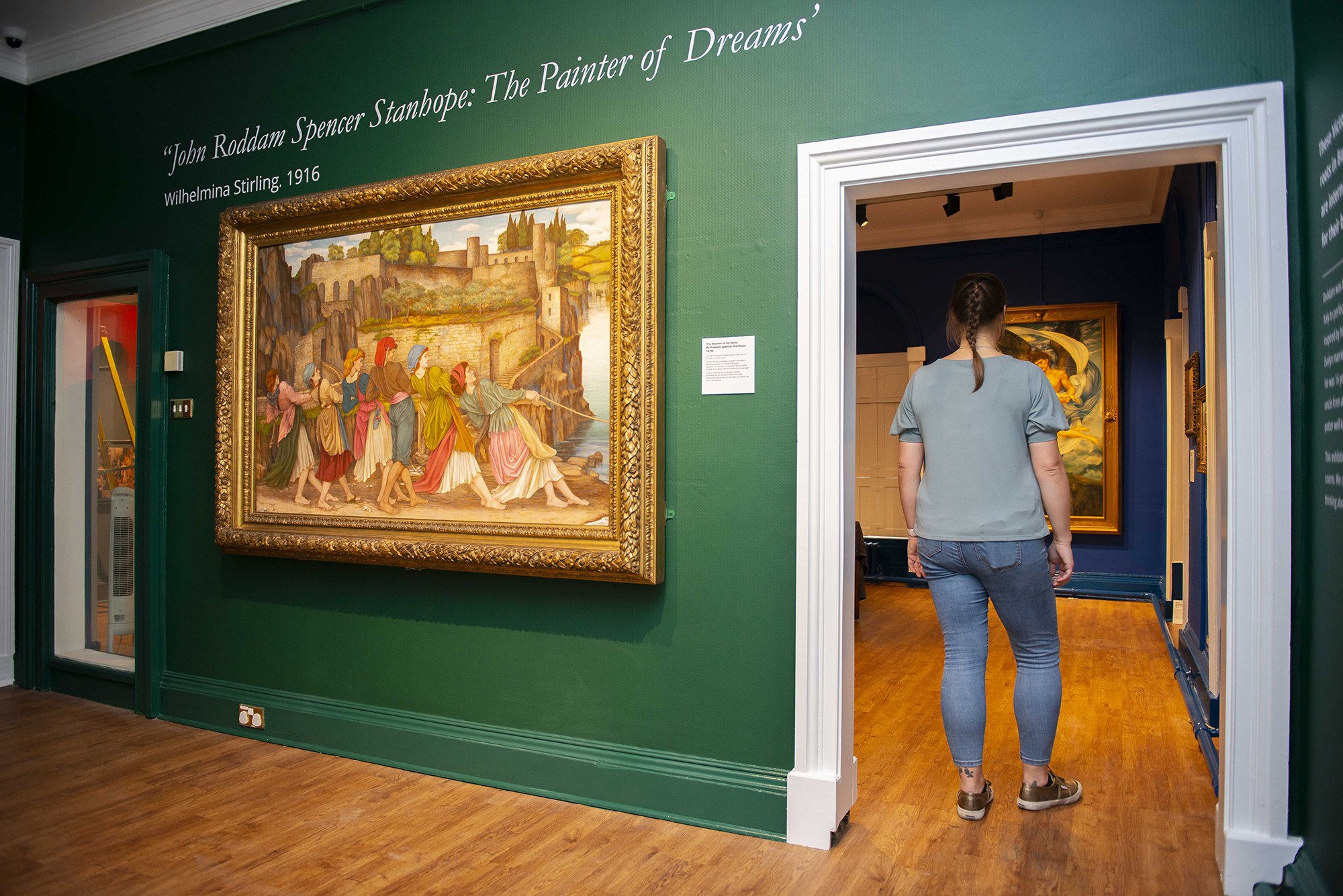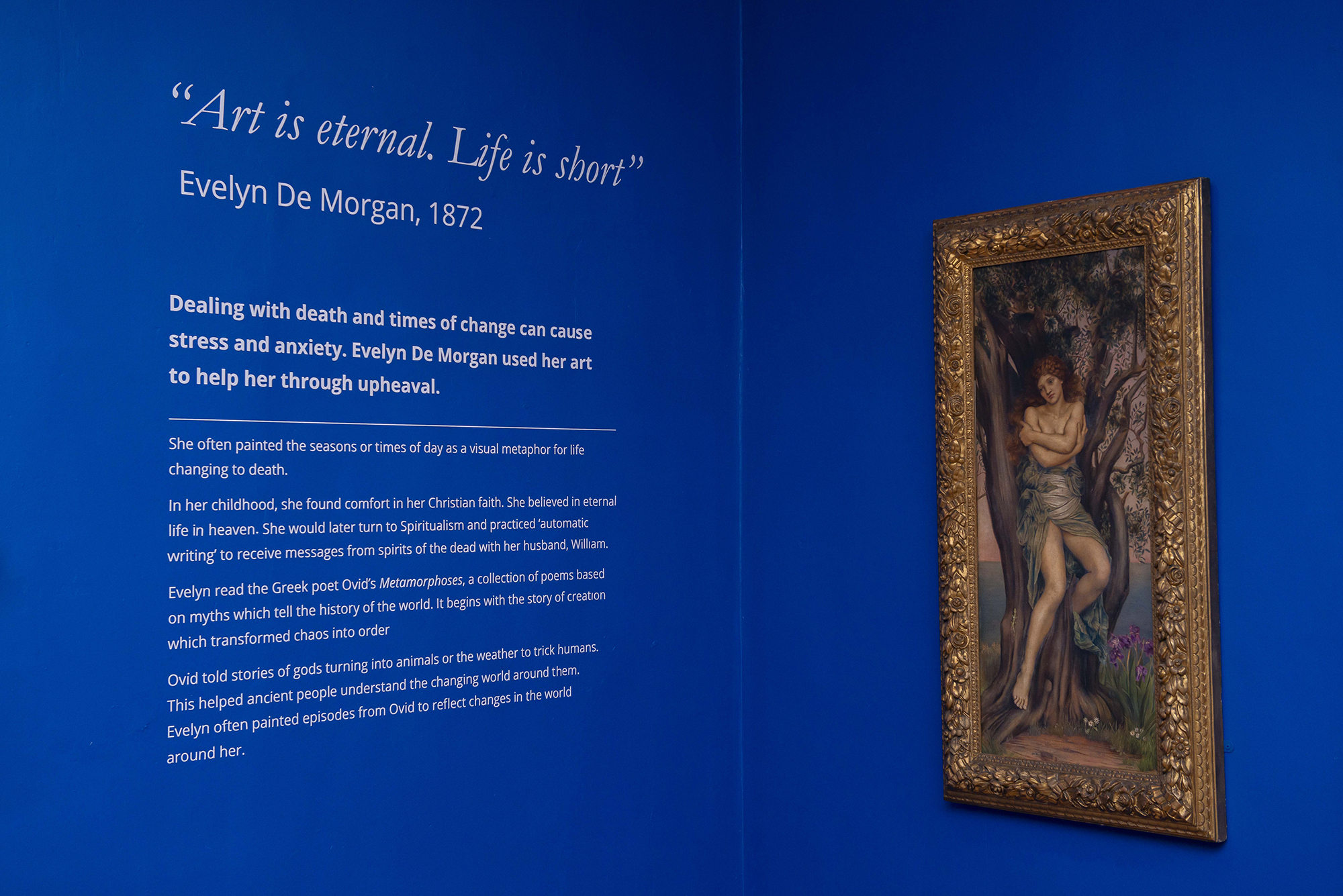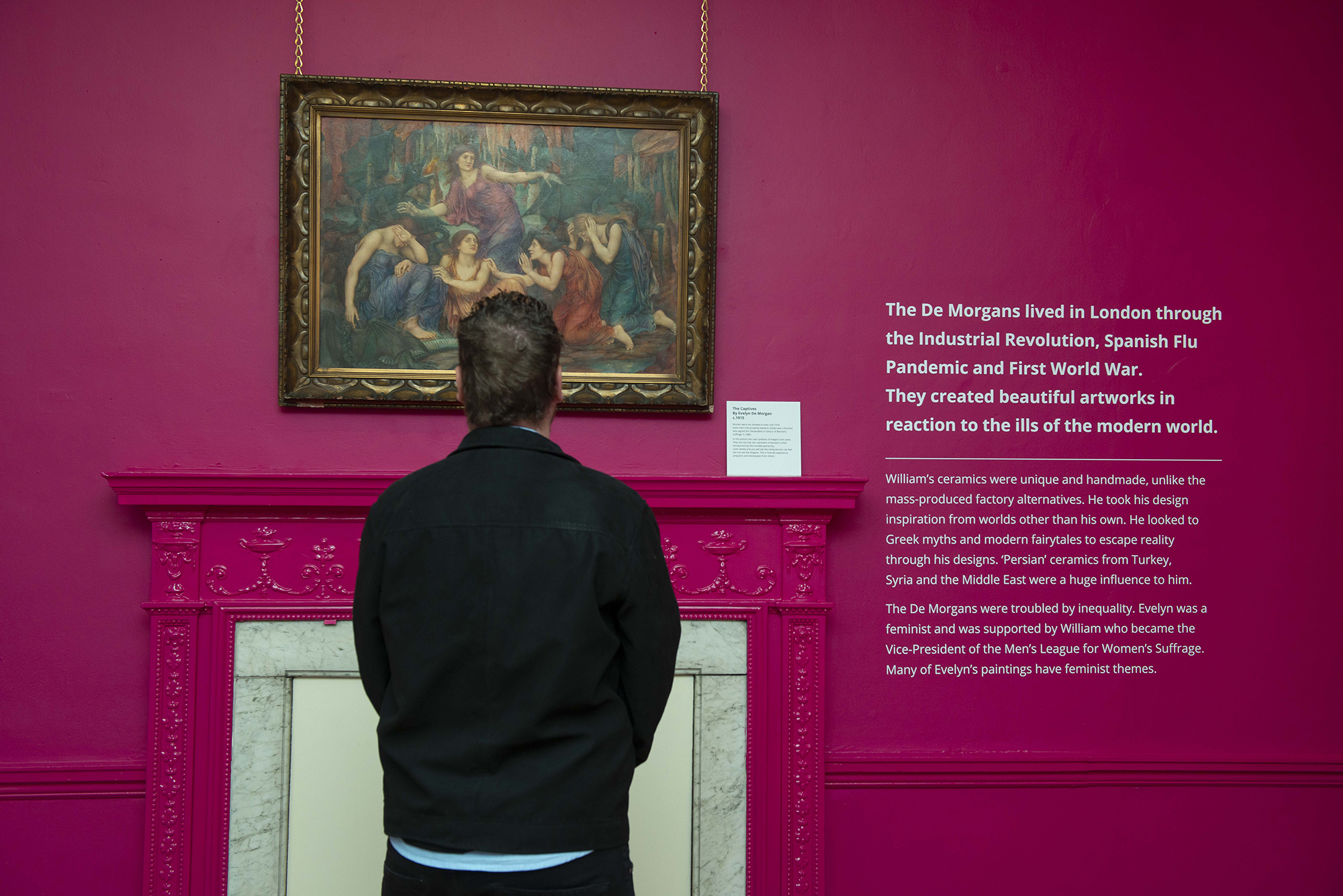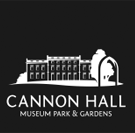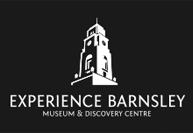De Morgan Galleries Reopen
13th October 2022
A colourful new display has recently opened at the De Morgan Museum at Cannon Hall following a major refurbishment. The galleries have reopened with a whole host of new artwork for visitors to see.
The work included explores key issues that were important to the De Morgan family in the Victorian period and are still relevant today. Visitors will see beautiful artworks that lead them on a journey through William and Evelyn De Morgan’s response to the world at the turn of the 19th century. Paintings by the feminist artist Evelyn De Morgan support the understanding of equality and diversity in today’s society. William De Morgan’s longing to escape the grim reality of industrial London is demonstrated in the fantasy worlds of his designs.
Evelyn De Morgan knew Cannon Hall well. Her uncle was John Roddam Spencer Stanhope, a famous artist associated with the Pre-Raphaelite Brotherhood. He encouraged Evelyn to be an artist at a time when this wasn’t seen as an occupation for women. Evelyn married William De Morgan in 1887, who was a celebrated ceramic designer at this time. He had liberal political views and supported his wife’s career. Together, they form the most unique artistic partnership of their time. The De Morgan Museum at Cannon Hall is the only place to see their internationally renowned artworks displayed.
Evelyn De Morgan’s iconic painting Night and Sleep will be on display. It depicts two cloaked figures – the personification of night and sleep – flying through the sky, scattering poppies on the world below. The painting highlights the widespread issue of women being prescribed the opium drug Laudanum for their ‘hysteria’. It was highly addictive and lead to overdose and the death – or eternal sleep – of many female victims.
William De Morgan was primarily an inventor. He developed his own ceramic tiles and kilns in order to perfect his iridescent ‘lustre’ glaze. His beautiful Islamic Arches Tile Panel, which can be seen in the Gallery, shows his skill as a designer and craftsman. It is a large piece which uses perspective to create the illusion of depth and space. In pieces like this, we see his mathematical and scientific skill.
There is an education programme called ‘Sublime Symmetry,’ currently available which links these themes and objects to key points in the National Curriculum.
The artists shared a love of myth and magic. There are dragons and dodos to be found in the artworks on display. These are linked to the family trail in the woodland of Cannon Hall Park and Gardens, and dragon footsteps lead to the De Morgan Museum, where further fantastic beasts can be discovered. William’s dragon cabinet even has a secret dragon, and the dodo will be discovered by those thinking outside display cases!
Alongside the physical displays, an App which allows people to learn more about the artists and the artworks can be accessed online.
Sarah Hardy, Director of the De Morgan Museum, said: “We have had a great time working with people from the local area to develop the new Museum display. We worked together to find interesting themes and stories that were told in the artworks and have brought these to life through traditional display and digital opportunities. Even if you think art isn’t for you, our dodos, feminism, or the science behind the artworks might just be of interest!’
Councillor Robert Frost, the Cabinet Spokesperson for Regeneration and Culture, said: “It’s an honour to have the De Morgan Museum in Barnsley. The work in the collection is outstanding and recognised across the globe. The fact that it has such strong links to Barnsley’s history makes it even more special, and that, combined with a visit to Cannon Hall Museum, makes this a great, free trip out for art lovers.”
For more information about the De Morgan Museum at Cannon Hall, visit www.cannon-hall.com
